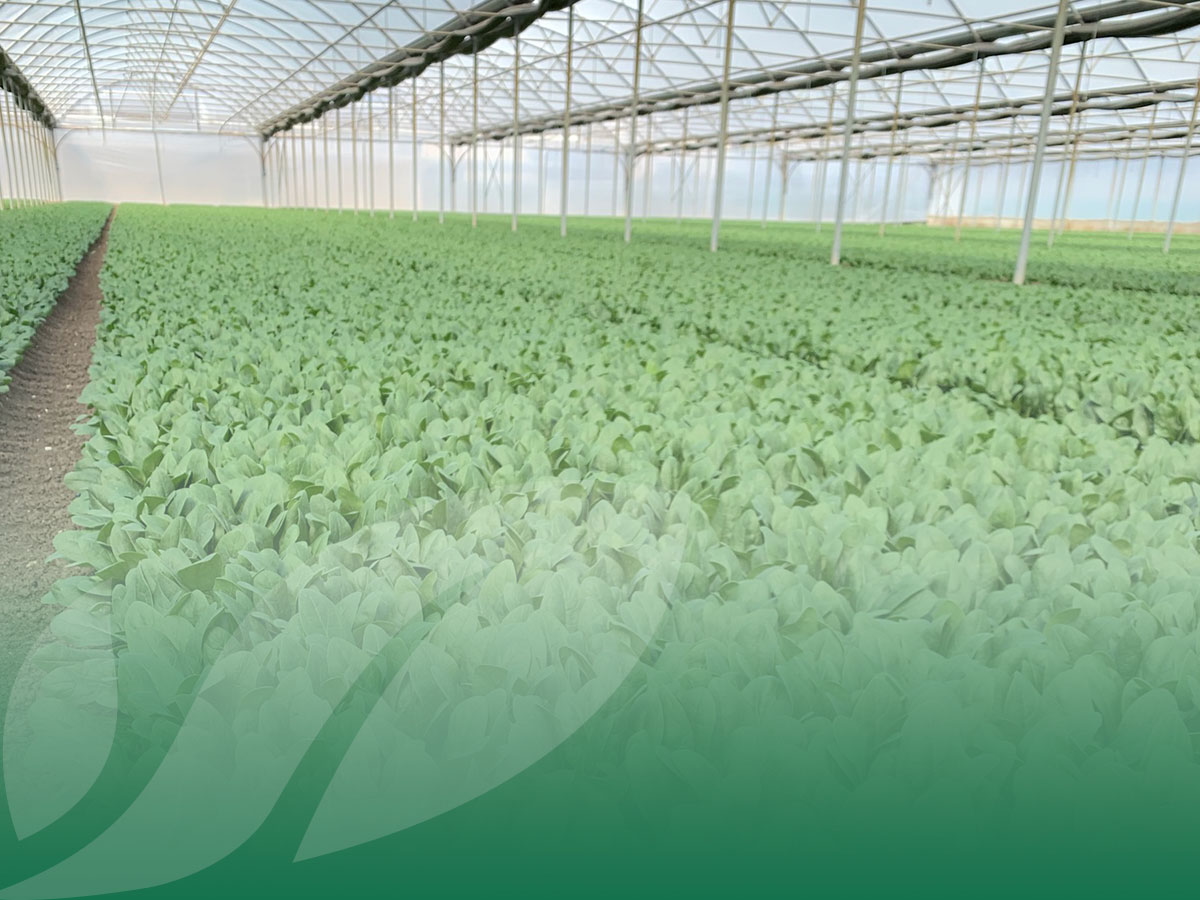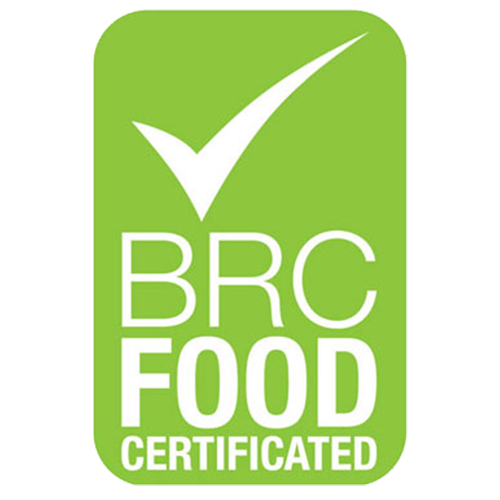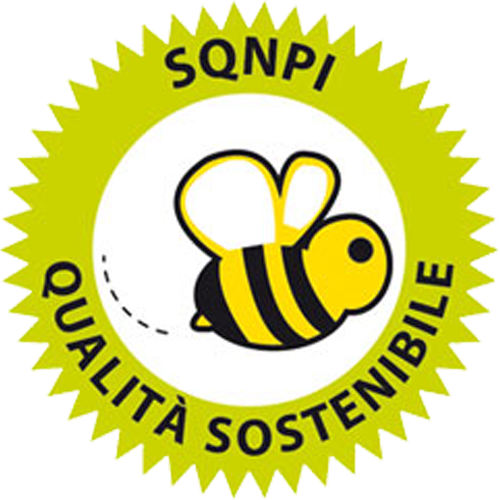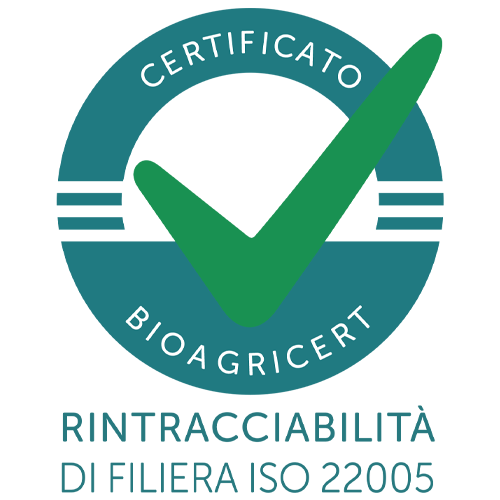The advantages of biostimulants in agriculture
Biostimulants support crop growth and agricultural sustainability. Find out more about the concept and advantages of using biostimulants in agriculture.
Sustainable agriculture is one of today’s key challenges. Biostimulants in agriculture are proving to be a crucial resource for improving productivity and crop quality whilst also reducing environmental impact.
But what exactly are biostimulants and how can they assist plants combat abiotic stresses? This article gives you all the answers!
What are biostimulants?
Biostimulants are natural products containing substances and/or micro-organisms that support the growth of plants throughout their entire life-cycle.
From germination to harvest time, these products stimulate the natural cultivation processes, boosting the absorption of nutrients and their resistance to abiotic stress. The latter are the result of adverse environmental conditions, such as drought, high temperatures or exposure to high saline levels which can be detrimental to the health of plants.
How do biostimulants work?
Primarily, biostimulants work by stimulating plants to improve their nutrient use efficiency. Thanks to natural mechanisms, plants become increasingly resilient especially against environmental challenges.
For example, in the event of a drought, biostimulants help the plant to optimise the use of available water, mitigating the risk of wilting or a decrease in photosynthesis. They also improve overall quality of the crops, increasing disease and pest resistance whilst enhancing the nutritional properties of the agricultural products.
Biostimulants and sustainability: a greener future
One of the crucial advantages of biostimulants is that they represent a sustainable solution for plants and agriculture in general. Unlike chemical fertilisers and pesticides, these natural products are environmentally safe, providing a key contribution to reducing water and soil pollution.
Using biostimulants also means adopting more responsible and less impactful farming practises, promoting biodiversity and preserving natural resources for future generations.
The impact of biostimulants on crops
Scientific studies and research, like those conducted by CREA, show that the use of biostimulants in agriculture has a significant impact on the health and productivity of crops.
In fact, biostimulants help optimise yield and crop quality, whether they are used on horticultural, fruit, cereal or oil plant crops.
In particular, in the case of horticultural crops such as Baby Leaf, these products help to ensure stronger and healthier plants, leading to an exceptionally positive impact on the quality of the final product.
How are biostimulants used in agriculture?
Biostimulants are easy to use and can be easily adapted to suit a variety of different crops. They are mainly applied using fertigation or leaf spraying methods, depending on the specific needs of the plant.
It is crucial to follow the instructions in terms of doses and application times in order to accomplish the best results. The key to success is based on a targeted and strategic use, which maximises the advantages without compromising the health of the soil or plants.

Director
I believe in the continuous improvement and technological innovation applied to the agricultural sector with respect for the Planet.
I was one of the founders of OP Isola Verde and I am committed to ensuring our agricultural production is the right combination of innovation and traditional agriculture.
I promote the research on varieties and new solutions to produce quality baby leaf salads, and I believe in the “CONTINUOUS IMPROVEMENT” philosophy.



















